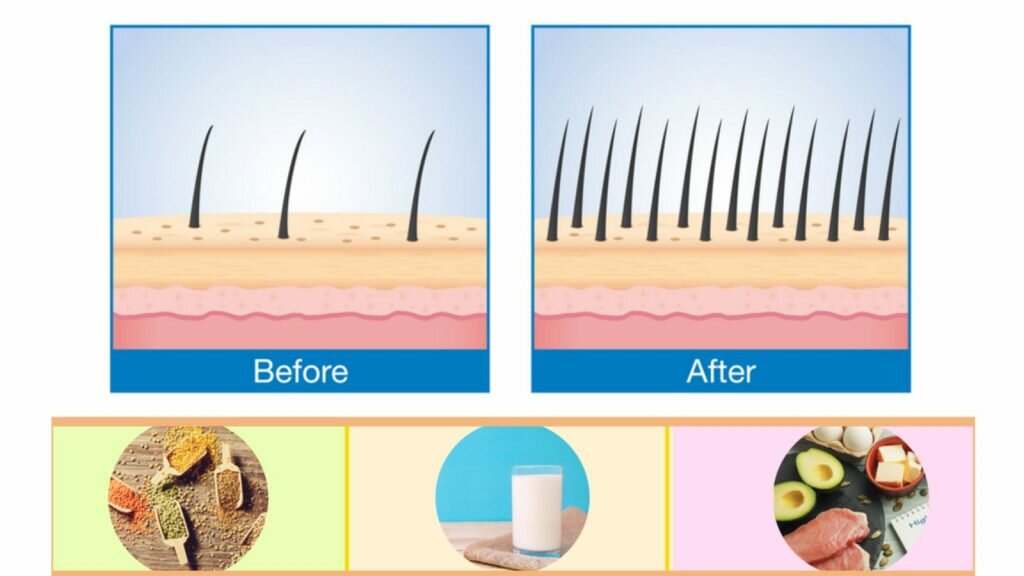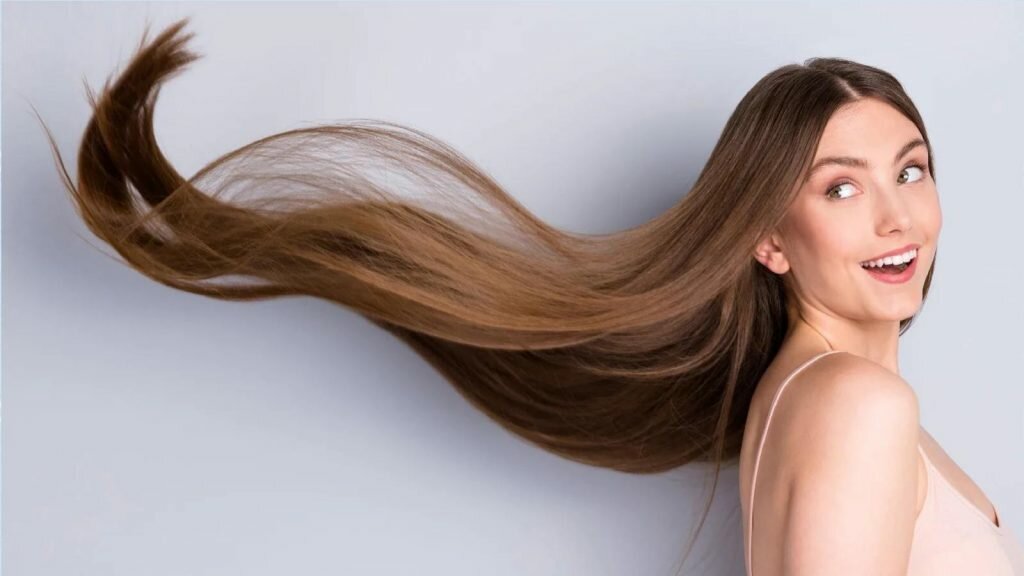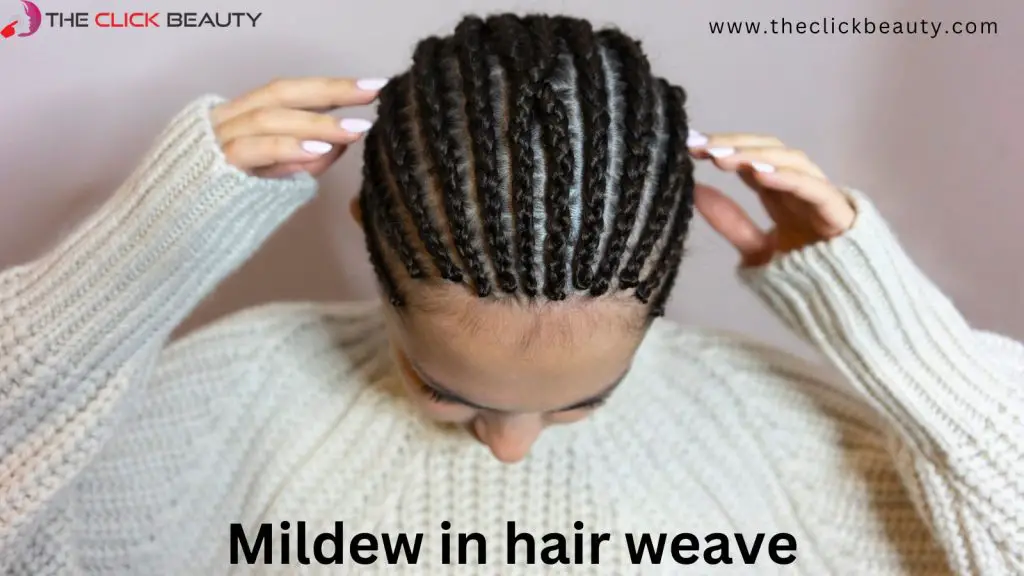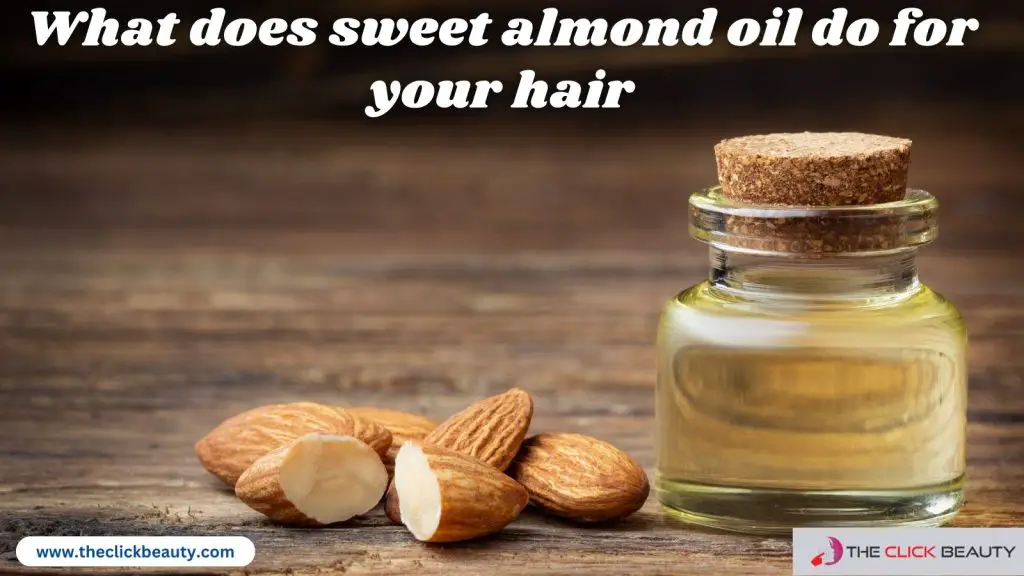Having long, luscious locks is a goal many of us strive for, but getting there can be a challenge. Growing out your hair can take months and even years, depending on how you care for it.
However, if you follow the right tips and tricks, you can have healthy 6 Month Hair Growth! In this article, we’ll discuss the best practices to get your hair to grow out quickly and healthily.
6 Month Hair Growth

Growing out your hair can be a tiresome and lengthy process, but with the right tips and tricks, you can achieve beautiful long locks in just 6 months.
The key to achieving healthy hair growth is knowing when to stop – specifically when it comes to how often you’re cutting your hair. It’s important to cut your hair sparingly. Otherwise, your follicle will stop producing new hairs and limit the length that can be gained.
Instead, focus on using deep conditioning masks and hot oil treatments to nourish your scalp and keep it hydrated. It will ensure that the cells responsible for rapid growth function properly, creating healthy strands of strong hair.
Causes of Hair Loss
A significant factor in hair loss is when the follicles on your scalp stop producing new hair shafts. It can be due to a number of reasons, such as genetics, hormonal imbalances, alopecia or medical conditions like anemia and lupus.
Other factors that may contribute to hair loss include stress and bad nutrition. When the body goes through physical trauma, such as after surgery or childbirth, it can cause telogen effluvium, another hair loss.
It happens when the normal cycle of hair growth stops, causing hairs to fall out at an increased rate. Certain medications, like chemotherapy drugs, can also lead to temporary or permanent hair loss due to their toxic effects on the body’s cells.
Benefits of Longer Hair
Having long hair is an incredibly rewarding experience. Not only does it look beautiful when styled and cared for, but it can also have a plethora of beneficial effects on your overall health.
The telogen phase of the hair growth cycle, in particular, can take up to several months, which means that people with longer hair often benefit from this extra time period.
One of the most significant advantages of having long hair is that it provides excellent protection against dirt particles, UV rays and pollutants. Longer locks act as a protective barrier against the environment and help to keep harmful substances away from the scalp.
Furthermore, due to its length, long hair has more body which makes it appear thicker and fuller, helping to create a natural shine and texture. The lengthy duration of the telogen phase gives added opportunity for deep conditioning treatments such as hot oil masks or protein-rich treatments.
Healthy Habits for Hair Growth
Healthy habits are essential for healthy hair growth. When it comes to growing beautiful manes, it’s important to understand what drives hair growth and how to keep your hair follicles functioning properly.
Minoxidil and finasteride are two popular drugs used in treating pattern baldness, but there are also specific lifestyle changes that can be beneficial.
You can take steps towards fuller, healthier locks by understanding when a follicle stops producing hairs and how external factors can influence its ability to produce new strands.
Trimming Tips for Length Retention
Trimming your hair is a vital part of any haircare routine that can help maintain length and prevent split ends. Regular trims keep the hair healthy and allow it to continue growing in its best condition. Here are some tips for keeping your hair trimmed while maximizing length retention:
First, identify the proper trimming cycle for your specific type of hair. Different hair types have different growing phases, so determining how often you should trim is important for successful length retention.
Generally, experts recommend getting a trim every 6-8 weeks, depending on how quickly your hair grows. Make sure to use sharp scissors when cutting, as dull scissors can cause more damage to the ends of the strands than necessary.
Second, ensure only to cut off damaged or split ends – nothing more! It means no taking too much off at once or trying drastic cuts without professional guidance.
Diet and Hair Growth

When it comes to hair growth, diet plays an important role. Eating the right foods can help promote healthy hair growth of up to one inch per month. While genetics and age are external factors that affect hair growth, the internal environment of our bodies is also critical.
Hair follicles need certain nutrients and minerals to keep them healthy and strong, so they can grow long and thick locks in just a few months. A balanced diet rich in essential vitamins, minerals, proteins, carbohydrates and healthy fats is essential for optimal hair health.
Foods like lean meats, eggs, avocados, nuts and seeds are all excellent sources of protein which helps strengthen strands from within, while omega-3 fatty acids found in fish and flaxseeds help nourish scalp tissues.
Natural Treatments
Natural Treatments are becoming increasingly popular for those looking to improve the health of their hair. Whether it be to stimulate growth or promote a healthier shine, natural treatments are a great alternative to traditional methods that can often be harsh on the scalp and unmanageable in terms of cost.
One of the most common natural treatments is oiling or deep conditioning your hair every two weeks. It helps keep the scalp hydrated and nourished, promoting healthy hair growth during an active growth phase.
A regular oiling routine also helps prevent split ends and breakage, allowing you to extend the life of your hairstyle for up to several months.
Additionally, this treatment can help lock in moisture which is essential for keeping your locks soft and shiny throughout any season – especially when exposed to harsh weather conditions such as windy, cold days!
Protective Styling Options
Protective styling options are essential to hair care, allowing you to maintain healthy months of hair. From braids to buns and twists to wigs, a wealth of different styles can help you look your best while keeping your tresses safe.
Whether you’re looking for something simple or intricate manner, protective hairstyles are the perfect way to give your strands some extra love.
Braids are one of the most popular protective styling options due to their versatility and ease. From classic box braids to cornrows and twist-outs, braiding is a great way to keep your locks in place without worrying about them getting tangled or damaged.
With various sizes and patterns available, it’s easy to find a style that suits your needs – plus, they can last for several months!
How much does hair grow in 6 months?
This article is for you if you’ve ever wondered how much hair can grow in 6 months. The amount of hair growth in a 6-month period depends on factors such as age, diet, and genetics.
On average, the scalp contains between 100,000 to 150,000 hairs, and each strand of hair grows at an average rate of half an inch per month. Therefore, throughout 6 months, it is possible to grow up to 3 inches of new hair growth.
However, some individuals may experience faster or slower growth rates depending on their health and lifestyle choices. Eating a balanced diet rich in vitamins and minerals such as zinc and biotin can help encourage healthy hair growth from the roots.
Are 4 inches of hair growth in 6 months good?

Are 4 inches of hair growth in 6 months good? It all depends on your hair type and how you care for it. On average, healthy hair grows about half an inch every month or six inches annually, so four inches over six months is slightly above average.
Therefore, four inches in six months can be considered a success if you see this kind of growth and your scalp and hair appear healthy with no signs of damage or breakage.
However, the condition of your hair may also influence whether or not the growth is good for you. If the ends are dry or split due to a lack of proper moisturization or protective styling techniques, then more than four inches may be needed to keep up with the amount lost due to damage.
Additionally, genetics plays a role in how fast and thick each person’s hair will grow.
Can I grow 6 inch hair in a month?
Growing 6 inches of hair in a month is an ambitious goal. However, with the right combination of products and treatments, many people can see significant growth in a short amount of time.
Whether you have long or short hair, there are ways to make your locks look longer and healthier without waiting too long.
The first step is to treat your hair gently by avoiding harsh chemicals and heat tools such as straightening irons or curling wands. Opting for natural styling methods like air drying will help keep the integrity intact while promoting growth.
Additionally, regular trims are necessary to prevent split ends from traveling up the hair shaft, which can hinder progress. These simple steps can create an excellent foundation for growing your mane more quickly.
Why has my hair not grown in 6 months?
It can be baffling and frustrating if you have been struggling to grow your hair over the past six months. While it is not uncommon for our hair growth to slow down due to age, several things can cause your hair not to grow or even break off at the roots.
These include tight hairstyles such as braids, chemical treatments like bleaching, medical conditions such as alopecia or telogen effluvium, and even certain medications. The first step in understanding why your hair has not been growing is talking to a trichologist or dermatologist.
They will assess any underlying issues causing your hair loss and devise a treatment plan with you. It might involve changing your daily haircare routine with products that promote healthy scalp and follicle health.




